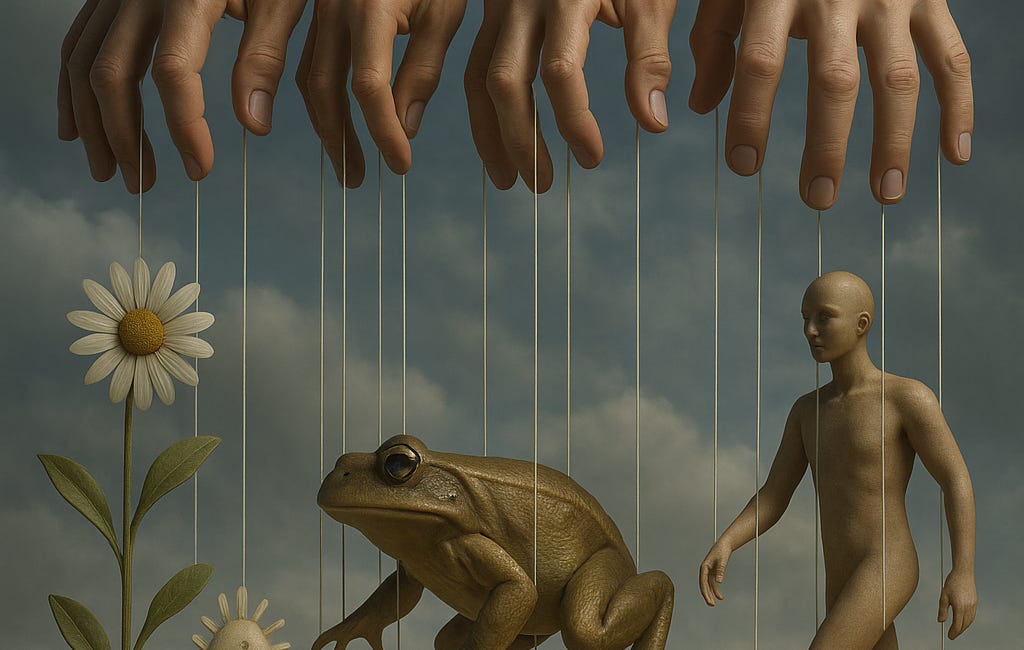https://sci-hub.sidesgame.com/10.1111/j.1548-1425.2012.01383.x
Lisa Stevenson
ABSTRACT What does it mean for Inuit to cooperate with the (disavowed) desires that emerge in a colonial bureaucracy dedicated to improving Inuit lives? In this article, I consider the psychic life of biopolitics in the context of welfare colonialism in the Canadian Arctic. I suggest that the colonial desire that Inuit cooperate in their own survival is haunted by other desires the colonist can never name and that such unspeakable desires are also at work in the response to the contemporary suicide epidemic among Inuit youth. Attention to Inuit naming practices provides an alternate way of linking death, desire, and community in a postcolonial world.
In 1964, the Canadian government’s Subcommittee on Eskimo Housing Programs prepared a report on the state of Inuit housing in the Arctic. The report contributed to the debate over what to do with the Inuit shacks clustered around the Hudson Bay Company and Royal Canadian Mounted Police (RCMP) posts scattered around the region as well as over the merits of settlement life versus life in “traditional” hunting camps. Would providing better housing for the Inuit population create relations of dependence on the state?1 The report argued, “As far as subsidized housing damaging Eskimo character is concerned, this is an extremely questionable assumption. Surely, in any case, it is more desirable to have a live and slightly disturbed Eskimo than a dead one” (Subcommittee on Eskimo Housing Programs 1964:8).2 (See Figure 1.) The bureaucrats’ musing assumes the form of a thought experiment in which the physical survival of the Eskimo, curiously bereft of kith and kin, is at stake.3 It has the form of a double bind, in which death and disturbance are weighed against each other. The bureaucrats argue, “Tuberculosis rates, infant mortality rates, and the incidence of environmental diseases can be cut by improving housing. Cutting these rates means that lives are saved: failure to cut them means those lives are lost” (Subcommittee on Eskimo Housing Programs 1964:5). In this equation, Inuit shacks are seen as vectors of disease such as tuberculosis: The construction of colonial settlements is seen as the only way to reduce disease and provide adequate access to medical care.4 (See Figure 2.) If, as I have discussed elsewhere (Stevenson 2005), the biological life or survival of the Inuit became the primary object of Canada’s northern policy in the postwar era, then “having” a dead Eskimo would be tantamount to bureaucratic failure.5 I want to better understand what it might mean, in the bureaucrats’ terms, to “have” a dead Eskimo—“surely, in any case, it is more desirable to have a live and slightly disturbed Eskimo than a dead one”—and how it becomes possible to imagine “having” someone dead without ever knowing who that someone was. The housing report pleads for political correctness— surely we will do the right thing in this situation, and surely the right thing can be made obvious to all. To convince readers of the correctness of their recommendations, the authors appeal to the sanctity of life itself. Emphasizing the infant mortality rate, they write, “It is difficult to place a ‘value’ on the ‘life’ of a child—most would agree that the ‘gift of life’ is as priceless as our old Masterpieces” (Subcommittee on Eskimo Housing Programs 1964:6). On the one hand, this is a clear example of what Italian philosopher Giorgio Agamben has called the “politicization of bare life” (1998:4). In a certain sense, it has become a matter of good manners for agents of the state to invoke the sanctity of life.6 But I am also interested in the way the bureaucrats’ use of the verb to have invokes the other sense of propriety—as the “right of possession or use.”7 Of what use is an Eskimo to the colonial bureaucracy—dead or alive?



No comments:
Post a Comment